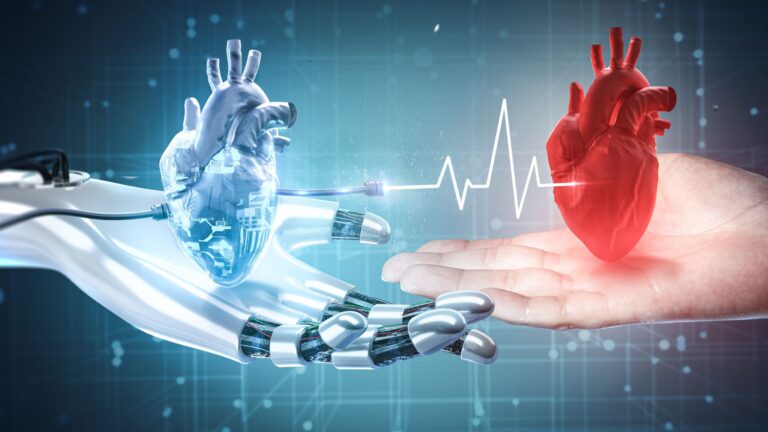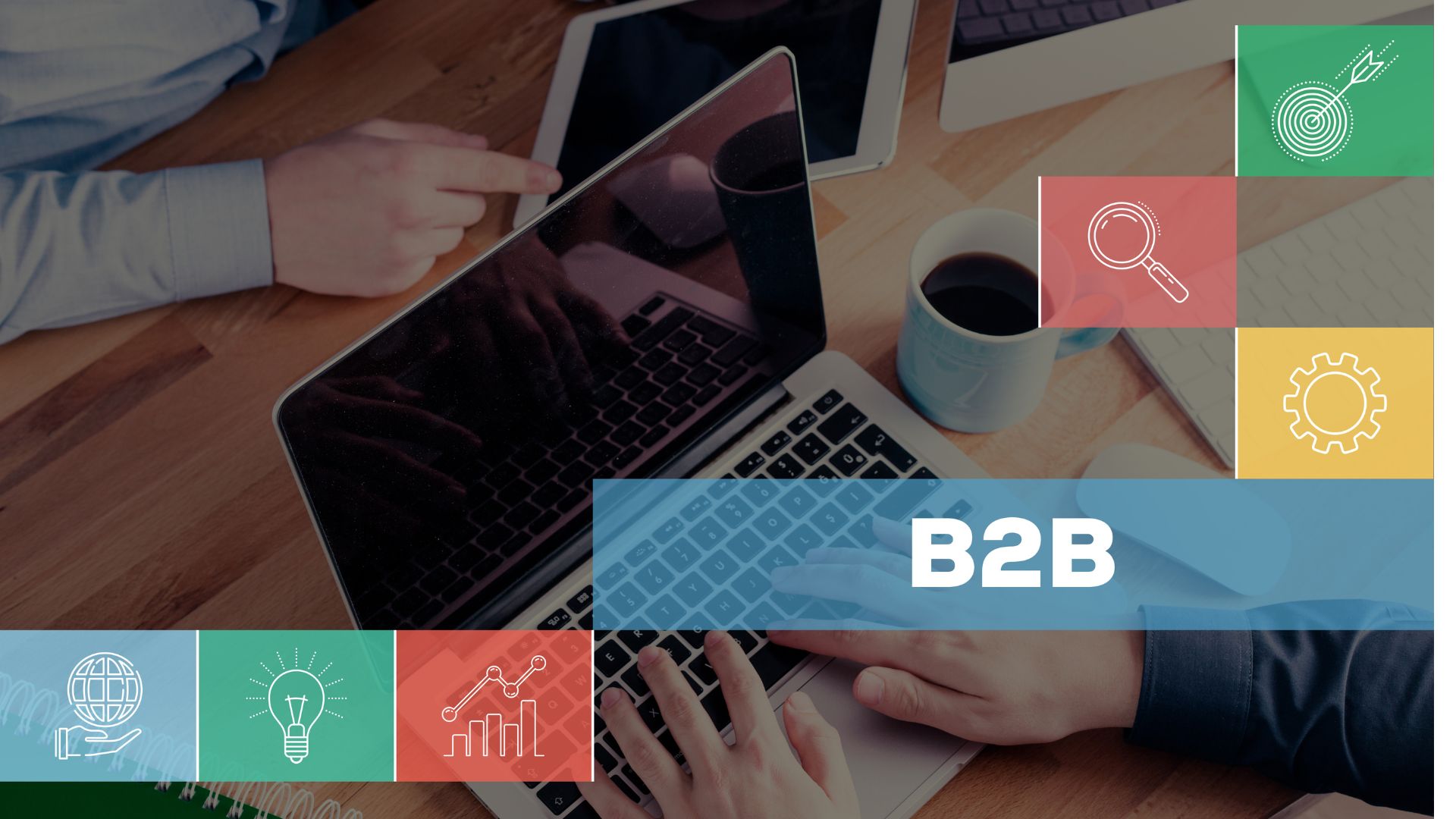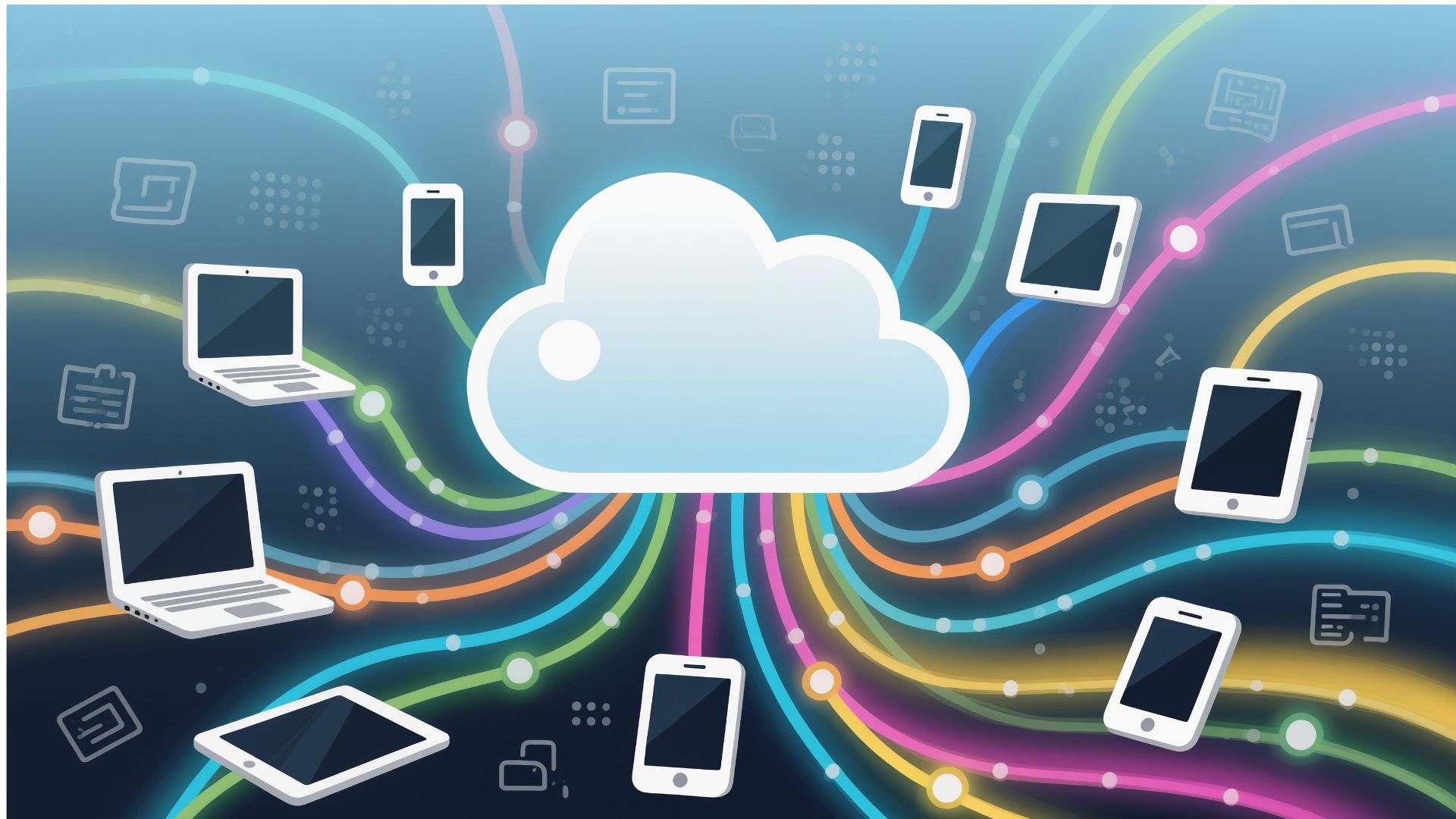For years, artificial intelligence has been used primarily to automate tasks.
And that has had a huge impact: increased speed, fewer errors, and more efficient processes.
But recently, it’s become clear that the true value of AI goes beyond executing instructions.
What really makes the difference is its ability to collaborate with you.
Brent Dykes, an expert in data analysis and storytelling, sums it up like this: “The future of AI is not total automation, but intelligent collaboration.”
This new stage involves working with AI as a copilot: not to let it take control, but to enhance your decisions, enrich your ideas, and amplify your impact.
What AI Brings vs What You Bring
Artificial intelligence is amazing at some things.
It can analyze large volumes of data in seconds, find invisible patterns, anticipate scenarios, and generate evidence-based recommendations.
On the other hand, humans bring something no algorithm can offer: experience, context, intuition, empathy. And most importantly, the ability to make complex decisions in the face of uncertainty.
In Dykes’s words: “AI is good at patterns. Humans are good at meaning”.
This is the heart of collaboration: letting AI handle the raw, repetitive analysis, while you decide what to do with that information, how to communicate it, and how to put it into action.
Models of Collaboration Between Humans and AI
Not all tasks require the same level of human involvement.
That’s why it’s helpful to understand that there are different collaboration models:
- Automate: When a task is simple and repetitive, it can be fully delegated to AI.
- Augment: AI helps you work better. For example, by classifying information or making predictions.
- Evaluate: You review what the AI suggests and decide whether to follow it.
- Lead: You take the initiative and use AI as strategic support, not as an executor.
The interesting thing is that this models are dynamic. You can automate some tasks, evaluate others, and lead others. It’s not black or white.
A Clear Example: Telling Stories with Data
One of the clearest examples of this collaboration is data storytelling.
Today, many AI-powered tools can help you process data, generate dashboards, identify trends, or suggest visualizations.
But that’s not enough. The story behind the data still depends on you.
You’re the one who interprets the context, understands the audience, adapts the language, and creates a real connection.
As Dykes says: “AI can find interesting data. But only you can tell a story that connects with people”.
In business, this is key. It’s not enough to know what is happening. You have to know what to do about it. And above all, how to explain it clearly and convincingly.
How to Work Better with AI
Collaborating with AI requires a different mindset.
It’s not about giving up control, but about building a productive relationship.
Here are some practical tips:
- Learn to ask good questions: The quality of AI responses depends on how you frame your queries.
- Question the recommendations: Even when AI is accurate, it may lack human context.
- Combine data with experience: Let AI inform your decisions—but don’t let it make them for you.
- Test and adjust: Collaboration improves with use. Don’t expect perfection on day one.
- Train your team: The more comfortable your team is with AI, the more effective the collaboration.
This is an ongoing process. The relationship with AI becomes more refined over time.
Real Benefits of a Balanced Collaboration
Adopting this collaborative approach offers multiple benefits for both individuals and organizations:
- Higher-quality decisions, backed by data, multiple perspectives, and greater clarity
- Faster execution, without sacrificing human judgment
- Lower operational load, freeing up time for high-value tasks
- Greater adaptability to change and complexity
- More innovation, by combining technical power with human creativity
And above all, it creates a healthier culture around technology: one where people don’t see AI as a threat, but as a tool that enhances their work.
Conclusion: The Future of Work Is Hybrid
The future of work is a collaboration between humans and AI. Those who understand how to harness both their own strengths and AI’s capabilities will thrive. It’s not about replacement, but about using technology to amplify human judgment, creativity, and decision-making.




